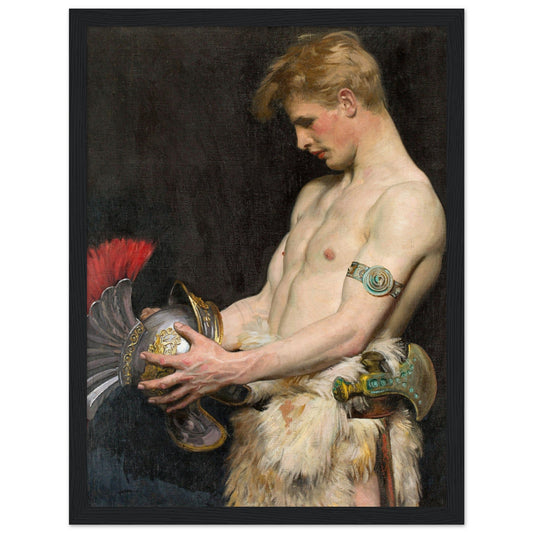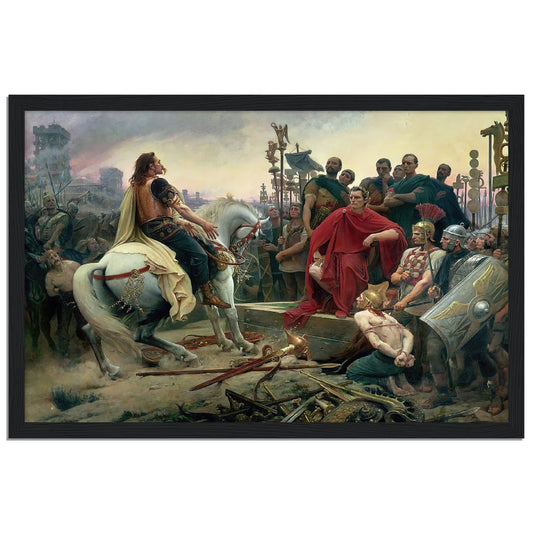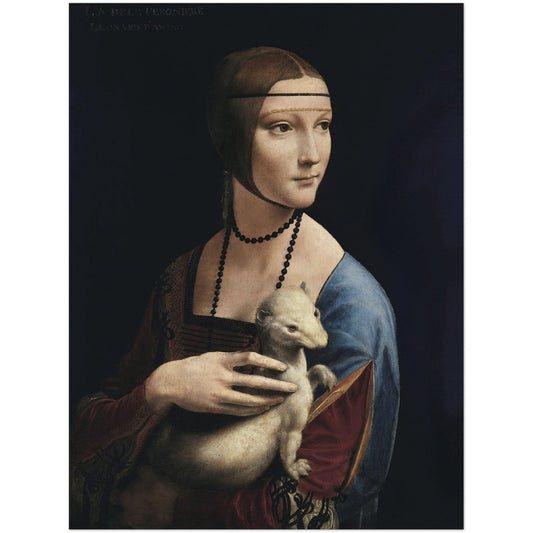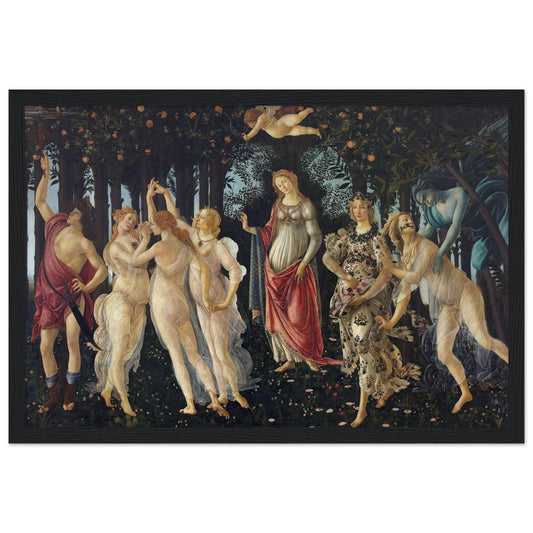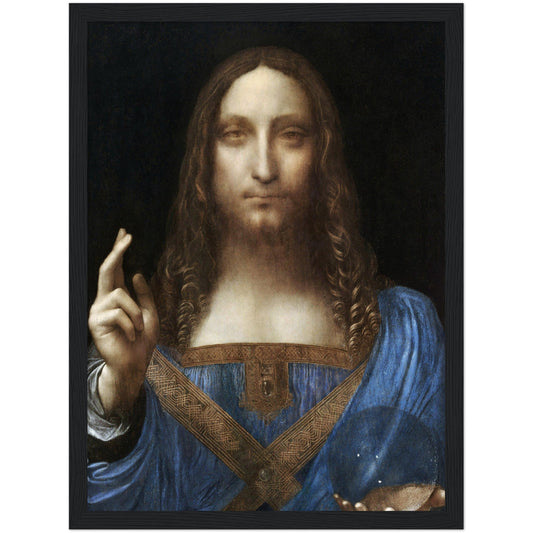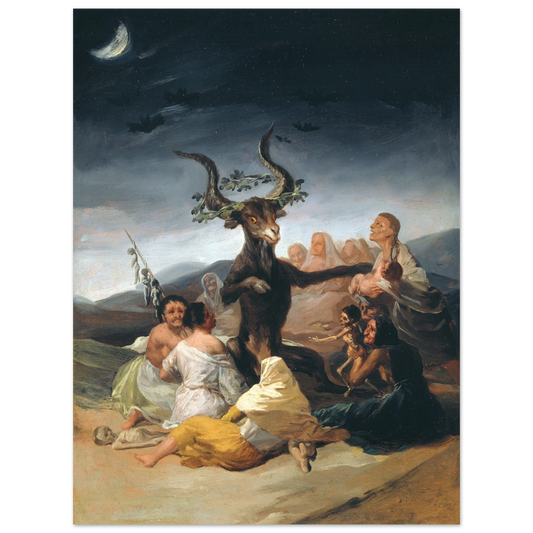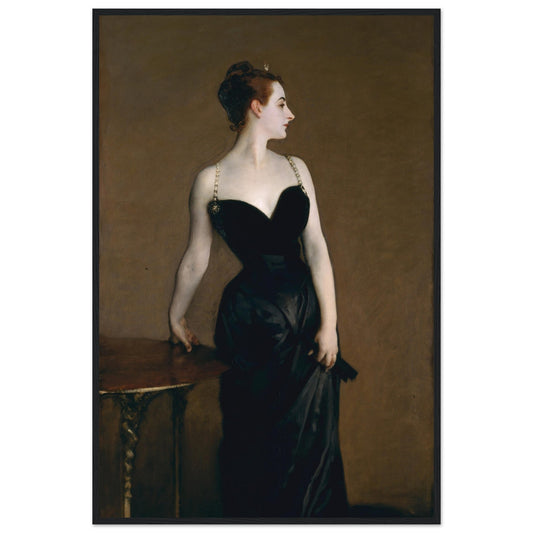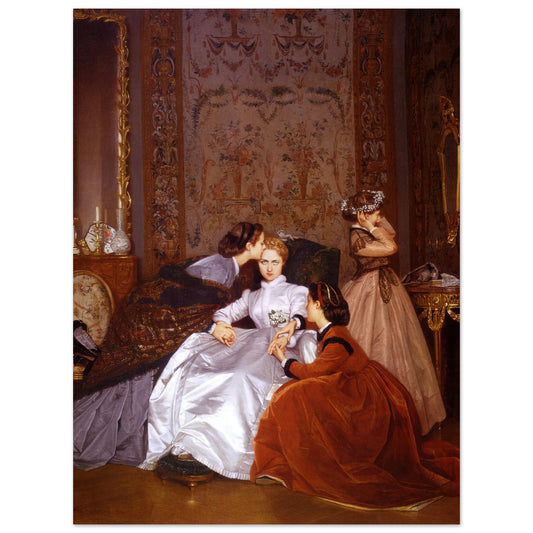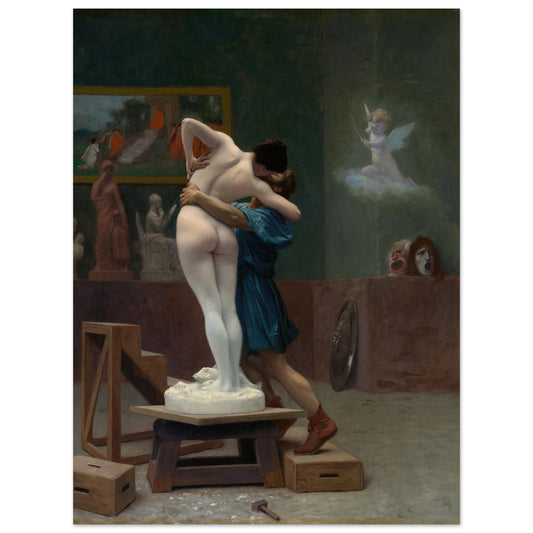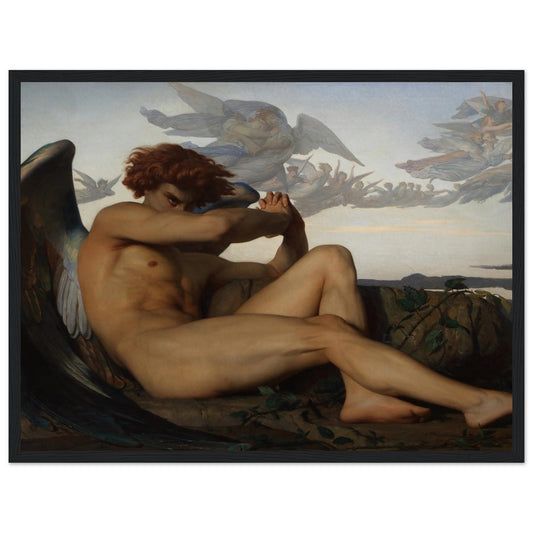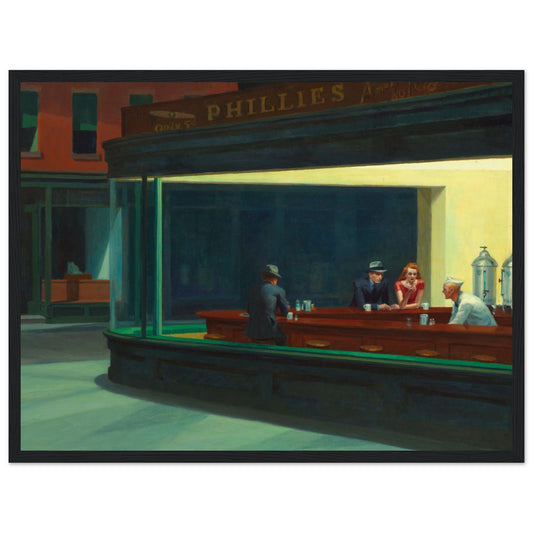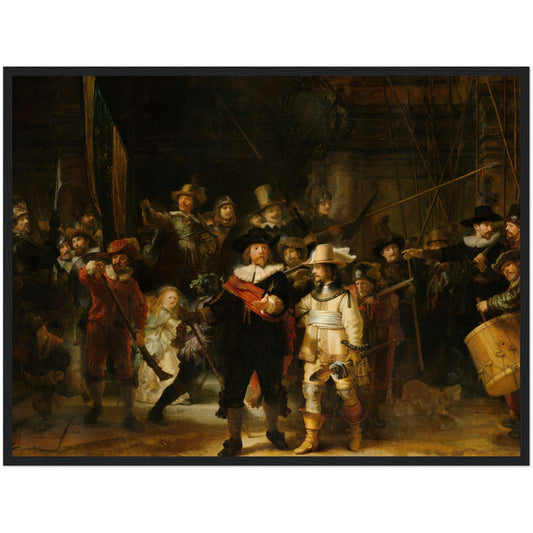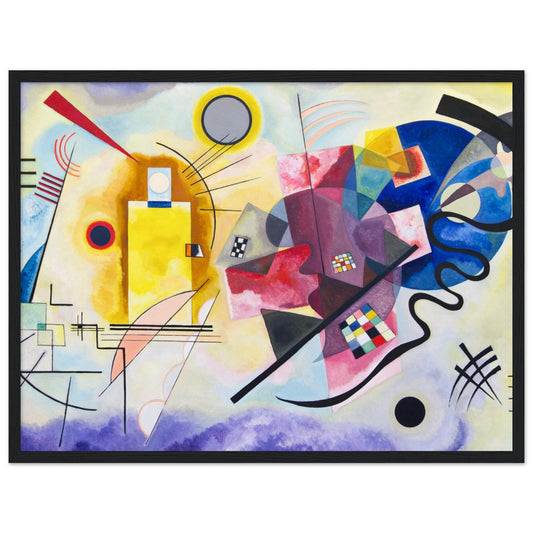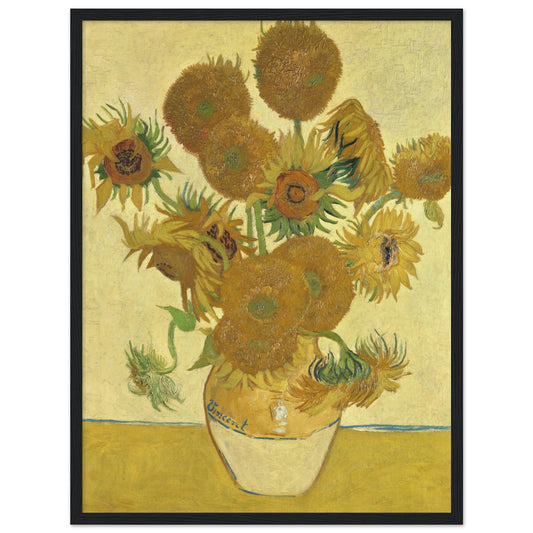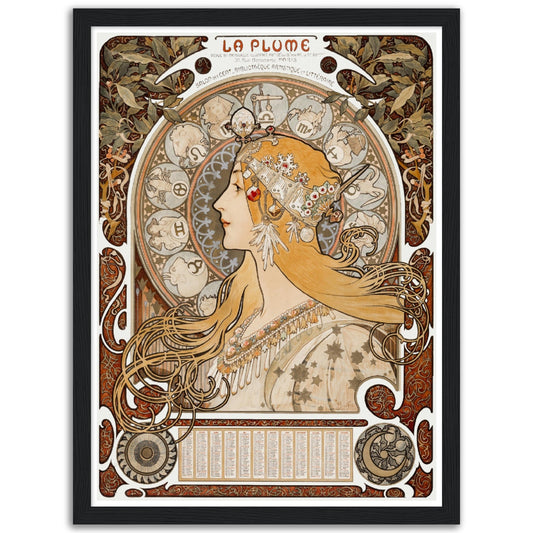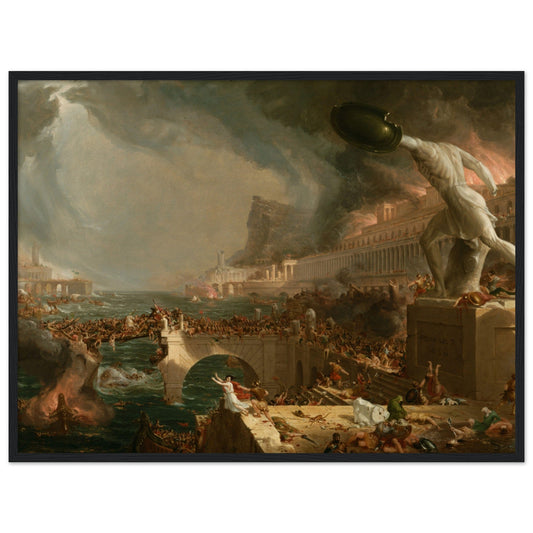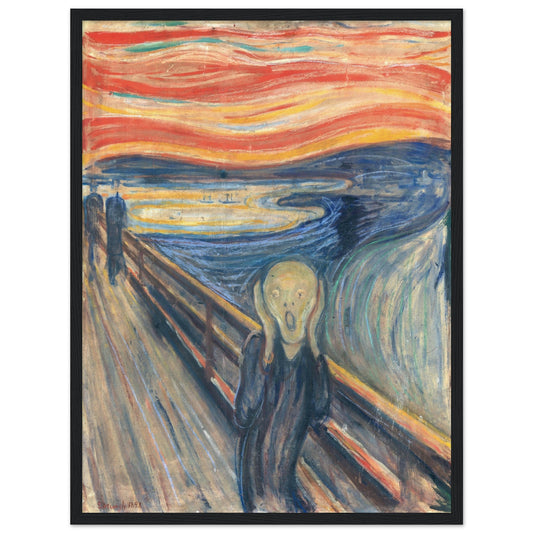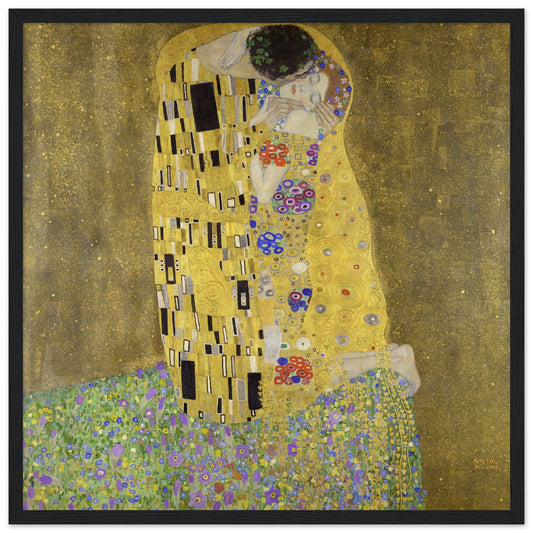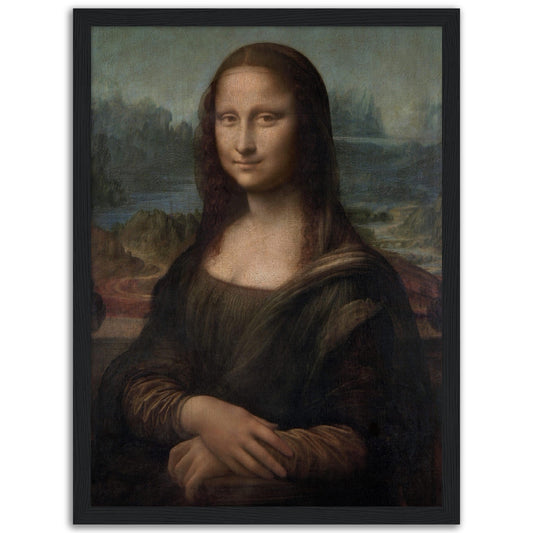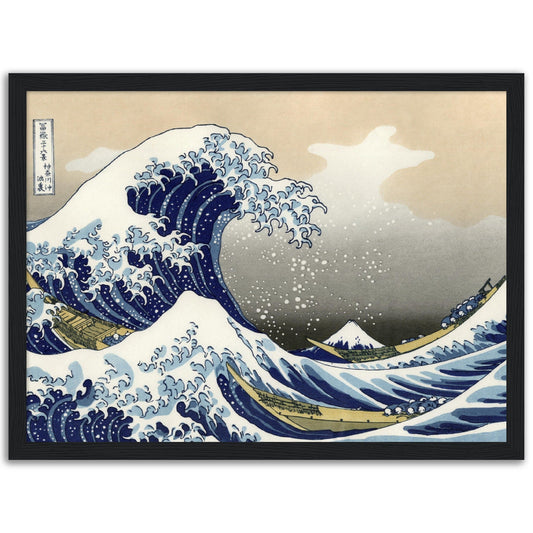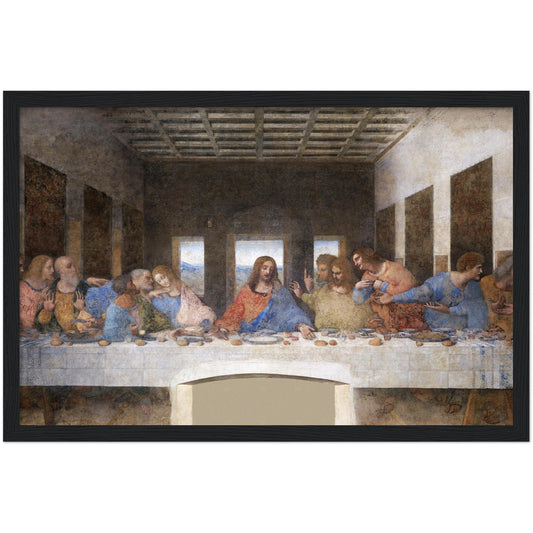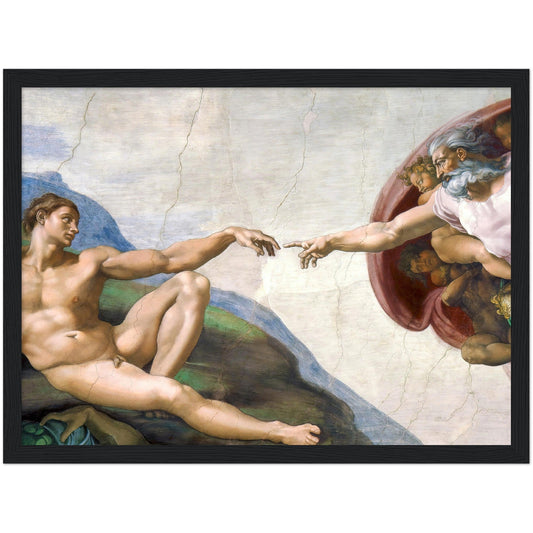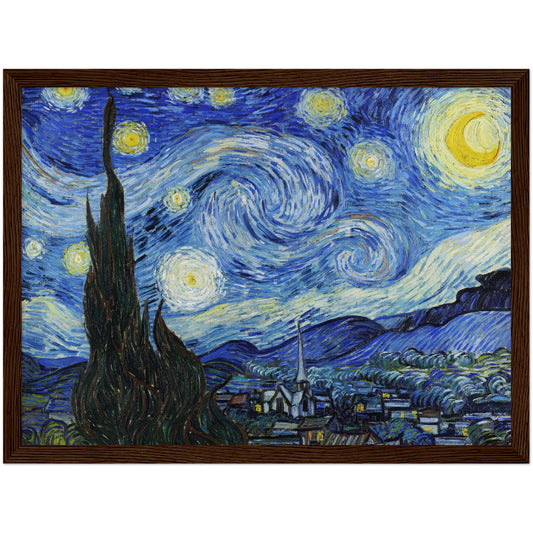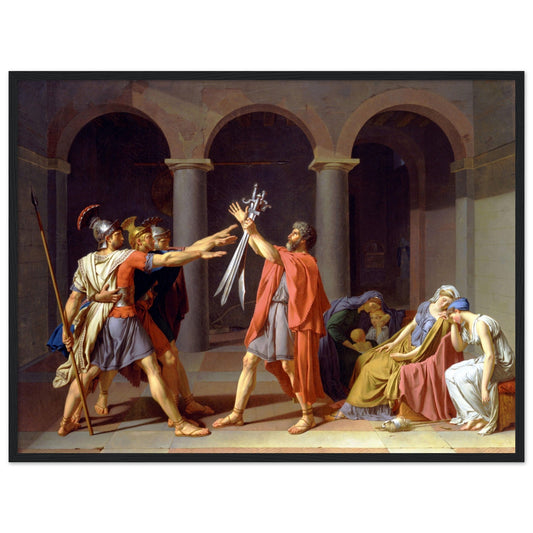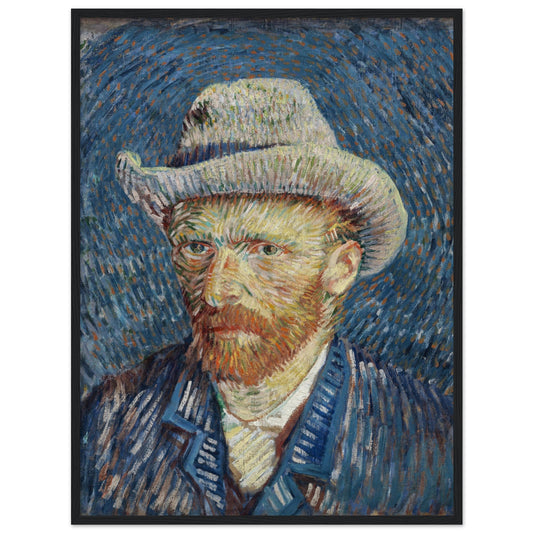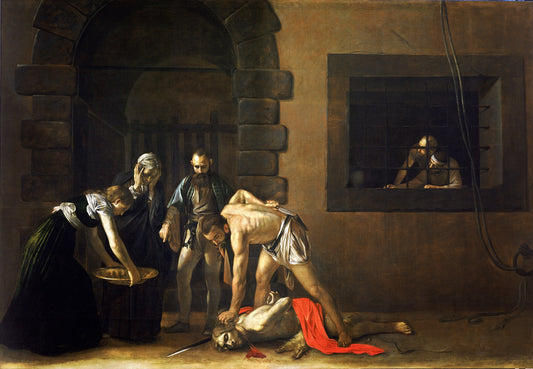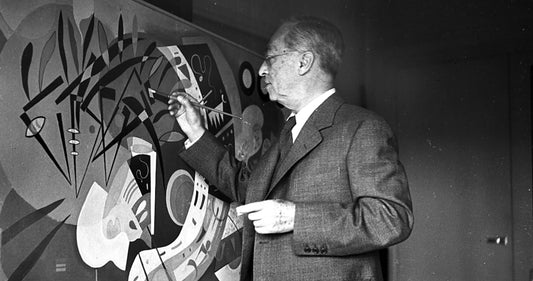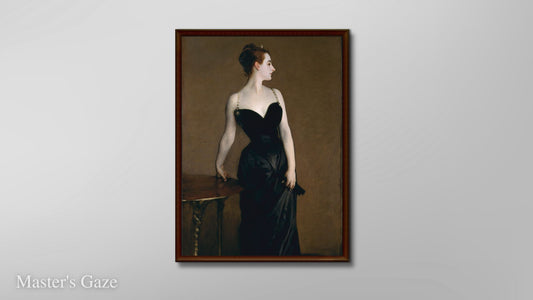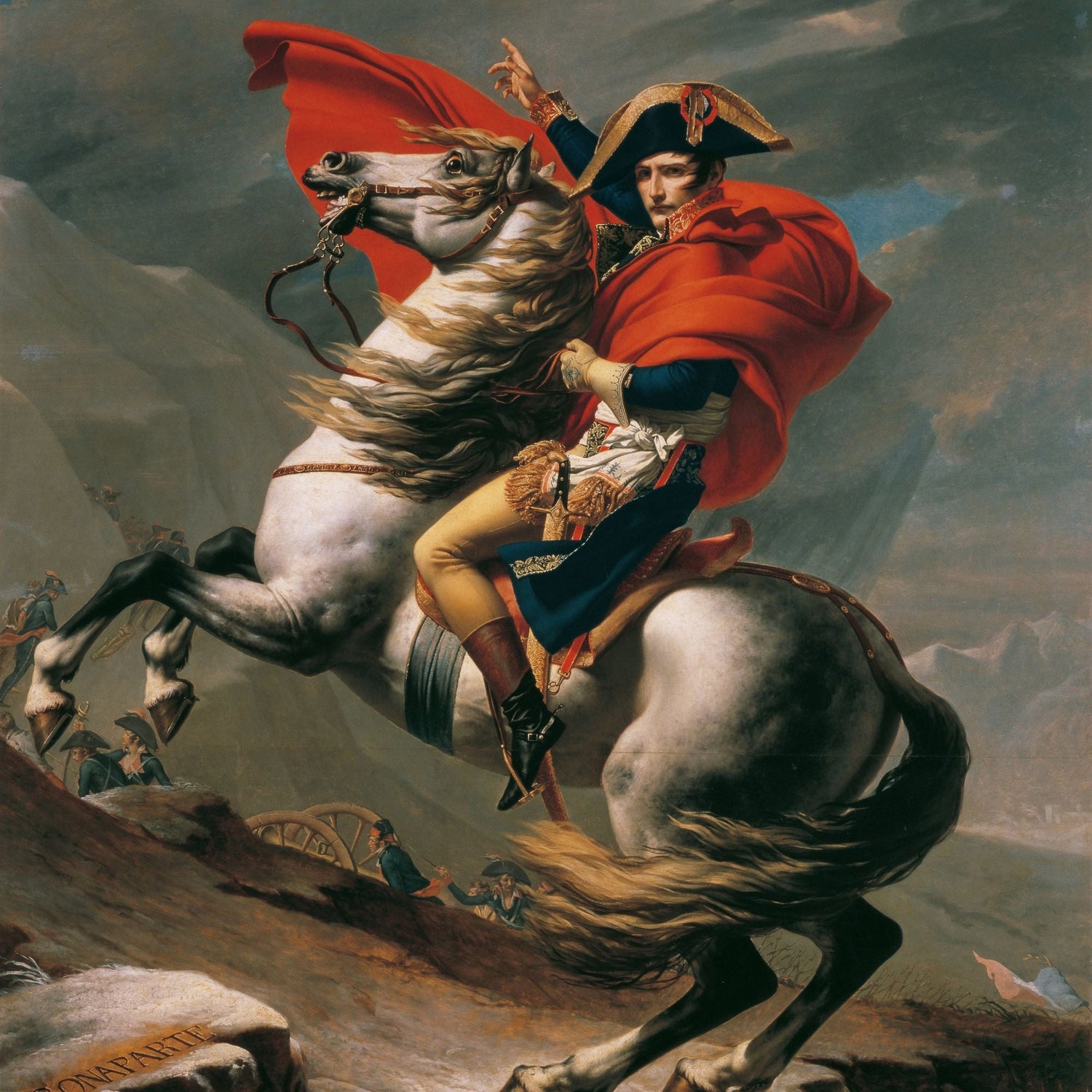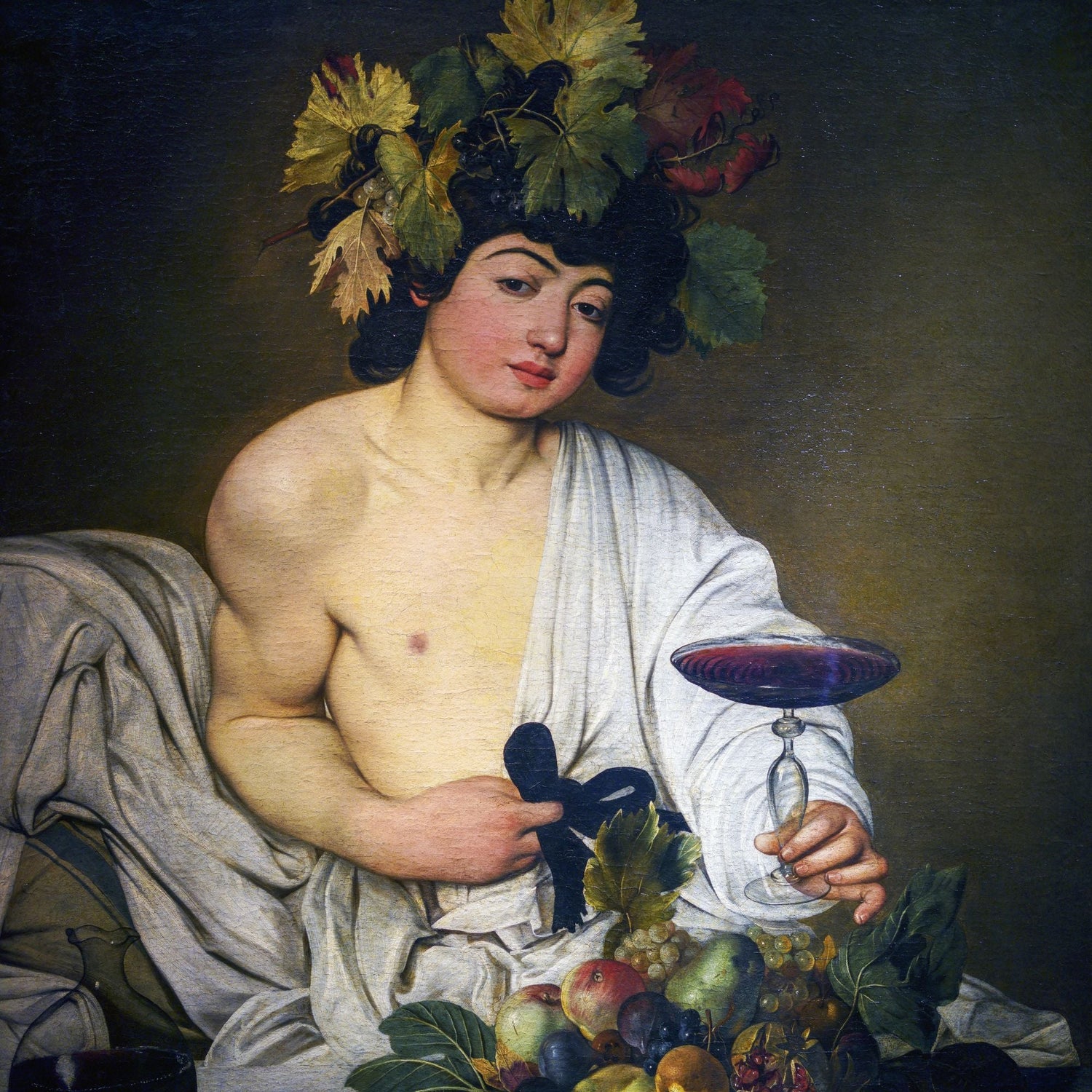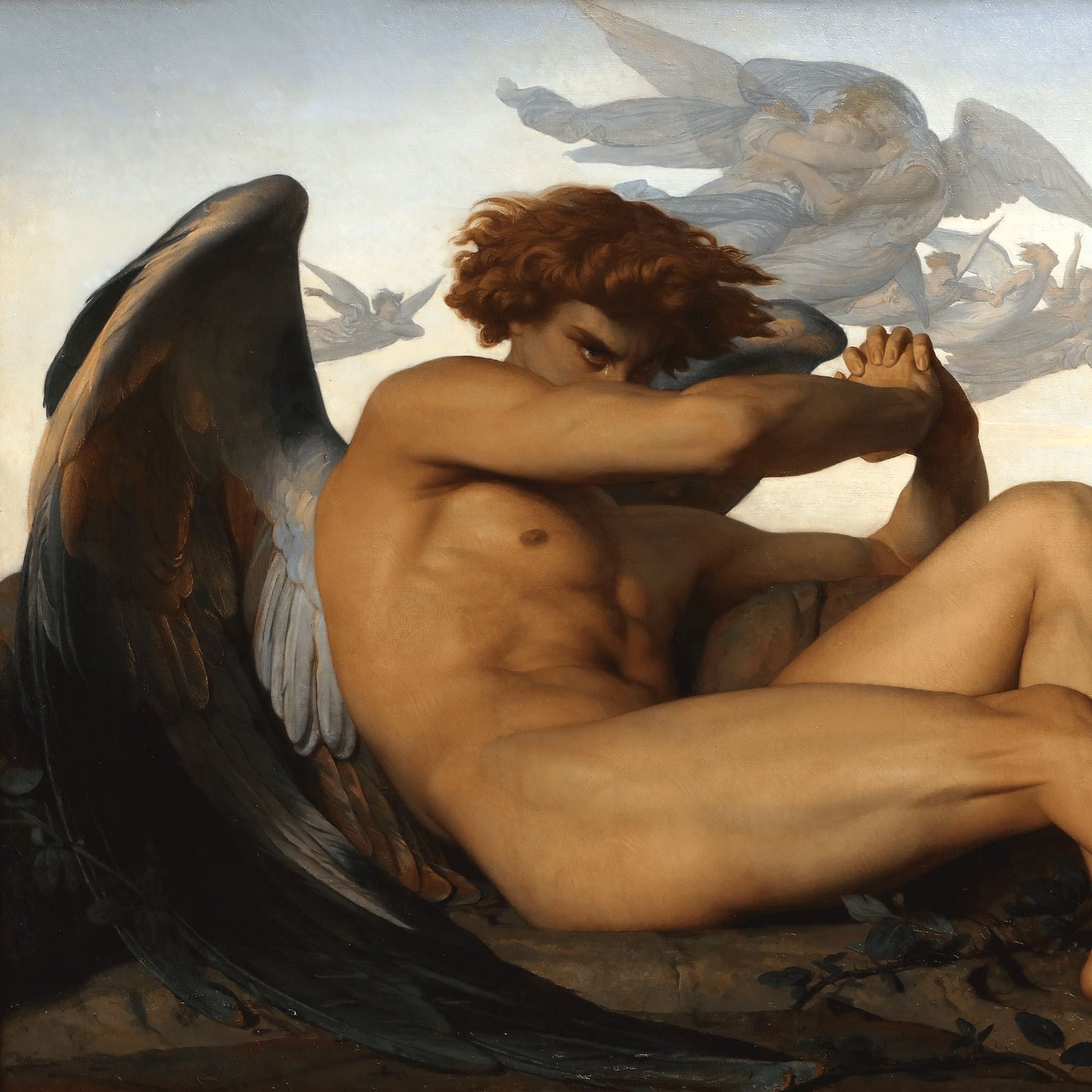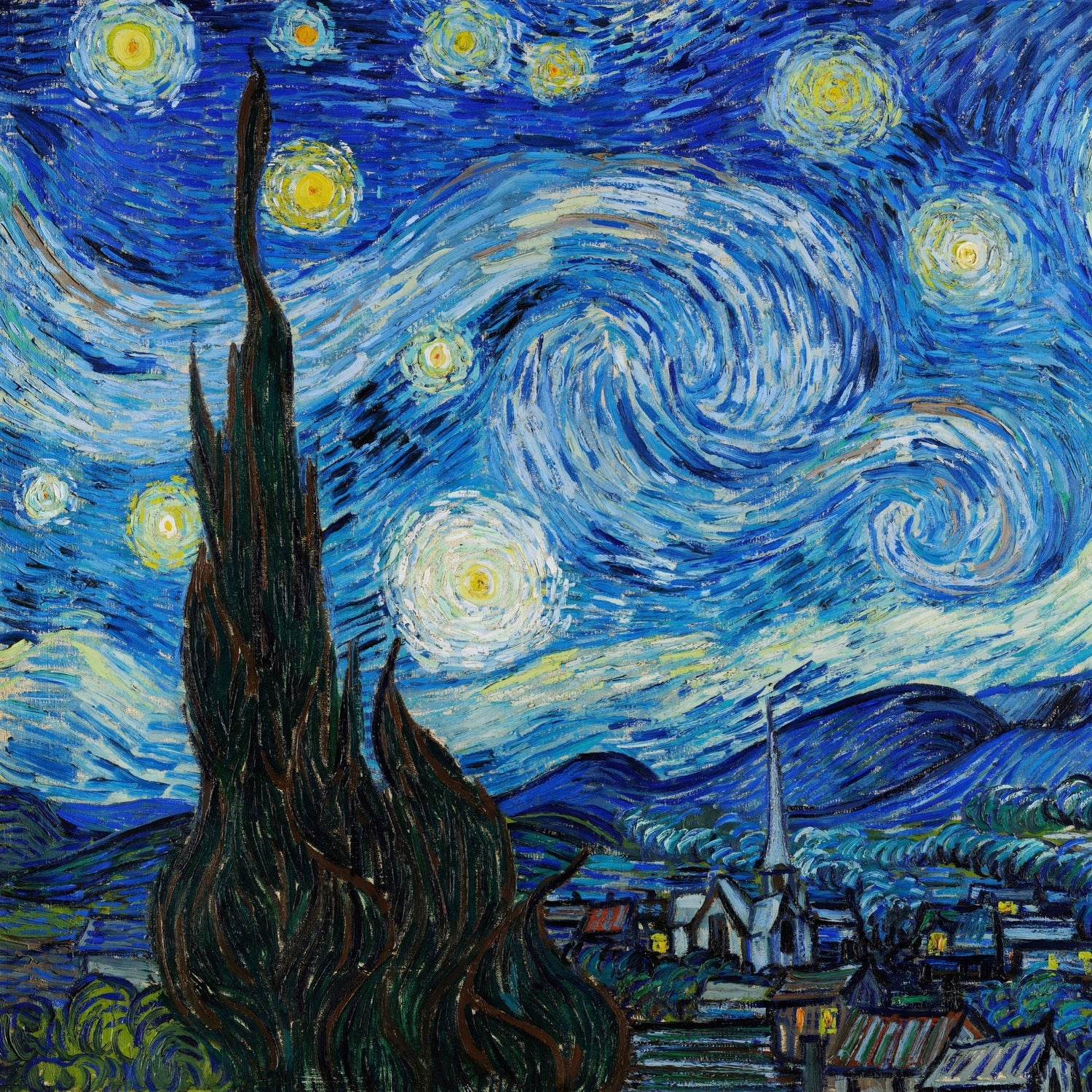Top 10 Must See Paintings at The Uffizi Gallery in Florence
If you want to see the full video on our Official Youtube Channel, click the image below:
The Uffizi Gallery is considered one of the most important Italian museums and one of the most beautiful art collections in the world. It is located in Florence, the cradle of the Renaissance. It houses masterpieces by some of the greatest artists of all time, including Botticelli, Leonardo da Vinci, Michelangelo, and Raphael, among others.
It is part of the museum complex known as the Uffizi Galleries, which includes, in addition to the aforementioned gallery, the Vasari Corridor, the collections of Palazzo Pitti and the Boboli Gardens, which together constitute one of the most important museums in the world in terms of quantity and quality of the collected works.
Since it is difficult to see everything at once, in this article we are going to see the 10 best paintings that the Uffizi gallery offers us.
Spring by Botticelli

“The Spring” by Botticelli, usually known as the "Primavera", shows nine figures from classic mythology advancing over a flowery lawn in a grove of orange and laurel trees. In the foreground, to the right, Zephyrus embraces a nymph named Chloris before taking her; she is then portrayed after her transformation into Flora, the spring goddess. The center of the painting is dominated by the goddess of love and beauty, Venus, chastely dressed and set slightly back from the others, and by a blindfolded Cupid, firing his arrow of love.
On the left, the three Graces, minor goddesses with virtues like those of Venus, are shown dancing in a circle. The composition is closed by Mercury, the messenger of the Gods, recognizable from his helmet and winged sandals, as he touches a cloud with his staff.
Although the complex meaning of the composition remains a mystery, the painting is a celebration of love, peace, and prosperity. At least 138 species of different plants have been identified, all accurately portrayed by Botticelli, perhaps using herbaria. The attention to detail confirms the artist’s commitment to this piece, which is one of the best paintings this museum houses.
Medusa by Caravaggio

“Medusa” by Caravaggio depicts the severed head of Medusa, a figure from Greek mythology. Medusa was once a human woman, but the goddess Athena cursed her to live as a monster after a god had sexual intercourse with her in one of Athena's temples. Her hair was turned to snakes, and anybody who looked at her would be turned to stone.
Perseus, the demigod child of Zeus, decapitated Medusa, before her gaze turned him to stone. He was cunning and used a shield as a mirror so that Medusa was paralyzed by her own reflection. This way he could defeat her. Caravaggio created his painting to make it look real. In fact, he used a wooden shield that he worked with several layers of paint, to make it look real.
Though the head is decapitated, it still appears conscious, with the painting capturing its final moments before death. The face's eyes are widened, and its brows are creased, its mouth hangs open. Blood pours out of the severed neck.
Caravaggio replaced Medusa's face with his own, allowing him to position himself as being immune to her fatal gaze.
Adoration of the Magi by Leonardo da Vinci

Leonardo da Vinci had received a commission from the Augustinian monks to paint a panel for the church of San Donato in Scopeto, outside Florence’s city walls. The painting had the Adoration of the Magi as its subject, the celebration of the feast of the Epiphany when all people respond to the call of Christ. For this subject, Leonardo studied an extremely complex composition, rich with figures, set out in a semi-circle, with the Virgin and Child as the focus. In the foreground, the kneeling Magi offer their gifts of gold, frankincense, and myrrh to Jesus. Leonardo has painted a background with ruined buildings and clashes between knights on horseback, while on the left, we can see work on a building, perhaps a temple, within the foreground, two flights of stairs. The temple, which alludes to peace, contrasts with the upset of the fighting horses on the other side. In September 1481, Leonardo left Florence for the court of Ludovico Sforza in Milan, interrupting the painting he was producing. The Augustinian friars waited in vain for the artist to return and to complete his painting, until they decided to commission another altarpiece with the Adoration of the Magi from Filippino Lippi, which was completed in 1496. Leonardo’s Adoration of the Magi is therefore a painting that is suspended in execution to an initial level of a rough sketch. In this painting, Leonardo portrayed himself as a young man, we see it in this figure.
Judith Beheading Holofernes by Artemisia Gentileschi

Judith Beheading Holofernes by Artemisia Gentileschi, tells a story described in the bible. “The Lord has struck him down by the hand of a woman”. So says Judith, a young Jew from Bethulia, in the bible when she describes her heroic act that freed the people of Israel from the siege by Nebuchadnezzar's army. Judith went to the encampment of the fierce Holofernes, general of the enemy army, dressed in her best clothes and feigning a wish to forge an alliance. Struck by her beauty, the Assyrian general invited her to a lavish banquet in his tent. After eating and drinking, Holofernes, now drunk, fell asleep on his bed, allowing Judith to seize her chance to draw her scimitar and strike the deadly blow. In this powerful painting, Artemisia Gentileschi portrays the moment that Holofernes is killed by the hand of the determined and powerful Judith. The overall effect is both powerful and frightening: the drunk corpulent general is lying on the bed, his head grasped by his hair and the sword plunged into his neck. Furthermore, Artemisia did not shy away from adding the gory detail of blood spurting so profusely as to stain Judith's breast. The naturalistic “virility” of the work provoked strong reactions on its arrival in Florence and the painting was denied the honor of being exhibited in the Gallery. Today, this painting also represents the human and professional tale of a woman who chose to be an artist in an era dominated by men; in this she succeeded, working in the courts of Rome, Florence, and Naples, traveling to England, and finally becoming the first woman to enter the Academy of Art and Design in Florence.
Venus of Urbino by Titian

Venus of Urbino by Titian, completed in 1538, is very interesting for its many hidden meanings. It was a gift from the Duke to his young wife. The painting represents the allegory of marriage.
The evident eroticism of the painting, in fact, reminded the woman of the marital obligations she would have to fulfill to her husband. The erotic allegory is evident in the representation of Venus, the goddess of love, as a sensual and delectable woman staring at the viewer who could not ignore her beauty. The light and warm color of her body is in contrast to the dark background, bringing out her eroticism.
The dog at the feet of the woman is the symbol of marital fidelity while, in the background, the housemaid looking down at the young girl as she rummages in a chest symbolizes motherhood.
The strong sensuality of this painting was therefore consistent with its private, domestic purpose, as a gift from husband to wife.
Thanks to the wise use of color and its contrasts, as well as the subtle meanings and allusions, Titian achieves the goal of representing the perfect Renaissance woman who, just like Venus, becomes the symbol of love, beauty and fertility.
Doni Tondo by Michelangelo

Doni Tondo by Michelangelo dates back to the time when the artist sculpted the famous David.
The work is the only painting by Michelangelo in Florence and is considered one of the masterpieces of the XVI century Italian art.
During the Renaissance, the “tondo” was a typical work for private clients. It was commissioned by a wealthy banker, probably at the time of his marriage.
The figures of Mary, Joseph, and the Child, are grouped in a single volume in which the rotation of the Madonna gives the composition a spiral movement that will later be used by many artists. In the background a group of young nudes brings to mind a classic theme, symbolizing the pagan humanity still ignorant of Christian doctrine. It is also interesting to notice the beautiful carved wooden frame, designed by Michelangelo himself.
From the artistic point of view, Tondo Doni laid the foundations of the so-called Mannerism, the style of painting that preferred bizarre, unnatural poses and iridescent colors to the composed painting of the XV century.
The Tondo Doni is therefore a very important work of art because it is one of the few examples of Michelangelo’s painting, together with the magnificent frescoes in the Vatican’s Sistine Chapel.
Madonna of the Goldfinch by Raphael

In the Madonna of the Goldfinch, made by Raphael, the artist was strongly influenced by the figure of Leonardo da Vinci, This influence is evident in the beautiful Madonna of the Goldfinch, strongly reminiscent of The Virgin and Child with St. Anne.
Raphael accepts the approach of the pyramidal composition, the gentle effects of the soft light, and the emotional dialog between the characters, revealing the elements peculiar to the painting of Leonardo. Despite that is also plain what will be Raphael’s own personal style: the extreme sweetness of the faces, particularly the Madonnas’, the masterful use of colors, the realistic reproduction of the landscape, and the profound intimacy between the figures.
The painting was severely damaged at the end of the XVI century because of the collapse of the building where it was housed. It suffered serious damage, such as the deep and long gashes that had defaced the wooden panel.
Many restorations followed one another over the centuries but it was only thanks to the last one (accomplished in 2008) that the work returned to its original splendor.
The Madonna of the Goldfinch can therefore be loved and admired again as one of the loveliest examples of the great painter Raphael.
Bacchus by Caravaggio

In this work, the Artist displays a masterful naturalistic portrayal of still life. His depiction of the basket of fruit and of the cup of wine proffered by the god is surprising, as these elements were interpreted by some critics as a Horatian invitation to frugality, conviviality, and friendship. The sculpted figure of Bacchus, who has a stunned expression due to his state of inebriation, reproduces some models of classical art, in particular the portraits of Antinous, and is instilled with a languid sensuality. In the painting, art critics detected a certain vision of antiquity that celebrates the freedom of the senses, as well as a reference to the Bacchic costumes and initiation rites practiced in ancient Rome.
In this masterpiece, Bacchus is not represented in an idealized way. On the contrary, he might look like a man of the people, like one of those characters Caravaggio used to hang around with in taverns and brothels. As in the majority of his paintings, the landscape is missing: the artist wants to focus on the humanity of the character rather than superfluous details.
Unconventional, introspective, and a real rebel, Caravaggio focuses on the human being, describing the imperfections and limitations of his mortal nature.
Annunciation by Leonardo da Vinci

A flourishing enclosed garden, in front of a Renaissance palace, alludes to the purity of Mary. Archangel Gabriel kneels before the Virgin, proffering a lily. The Virgin responds from her dignified seat, behind a lectern, at which she was reading. The traditional religious theme has been set by Leonardo in an earthly, natural setting. The angel has a solid corporeity, suggested by his shadow on the grass, and the folds of his clothing. An extraordinary crepuscular light shapes the forms, brings the scene together, and emphasizes the dark tree shapes in the distant background, dominated by the blended colors much loved by the artist. The architectural features are drawn according to the rules of perspective, with a central vanishing point. Some anomalies can be found in the figure of the Virgin, whose right arm appears too long and lowered, due to the original location of the painting, over a side altar in a church.
The Annunciation is generally considered to be one of Leonardo’s youthful works, painted when he was still working in the studio of Andrea del Verrocchio.
Birth of Venus by Botticelli

Birth of Venus by Botticelli. The composition actually shows the goddess of love and beauty arriving on land, on the island of Cyprus, born of the sea spray and blown there by the winds, Zephyr, and, perhaps, Aura, a personification of a lighter breeze. Their joint efforts are blowing Venus towards the shore. The goddess is standing on a giant scallop shell, as pure and as perfect as a pearl. She is met by a young woman, who is sometimes identified as one of the Graces, who holds out a cloak to cover Venus when she reaches the shore. The subject is not strictly the "Birth of Venus", a title given to the painting only in the nineteenth century, but the next scene in her story, where she arrives on land, blown by the wind.
Botticelli takes his inspiration from classical statues for Venus’ modest pose, as she covers her nakedness with long, blond hair. even the Winds, the pair flying in one another’s embrace, is based on an ancient work, a gem from the Hellenistic period, owned by Lorenzo the Magnificent.
Closing
These are just some of the paintings that can be found in the Uffizi Gallery, if you have the opportunity I suggest you look at all the works available. That's all for this article, see you in the next episode. Subscribe to our Newsletter to be updated.
Visit our Official Youtube Channel, where we talk about the most interesting facts about Art:



